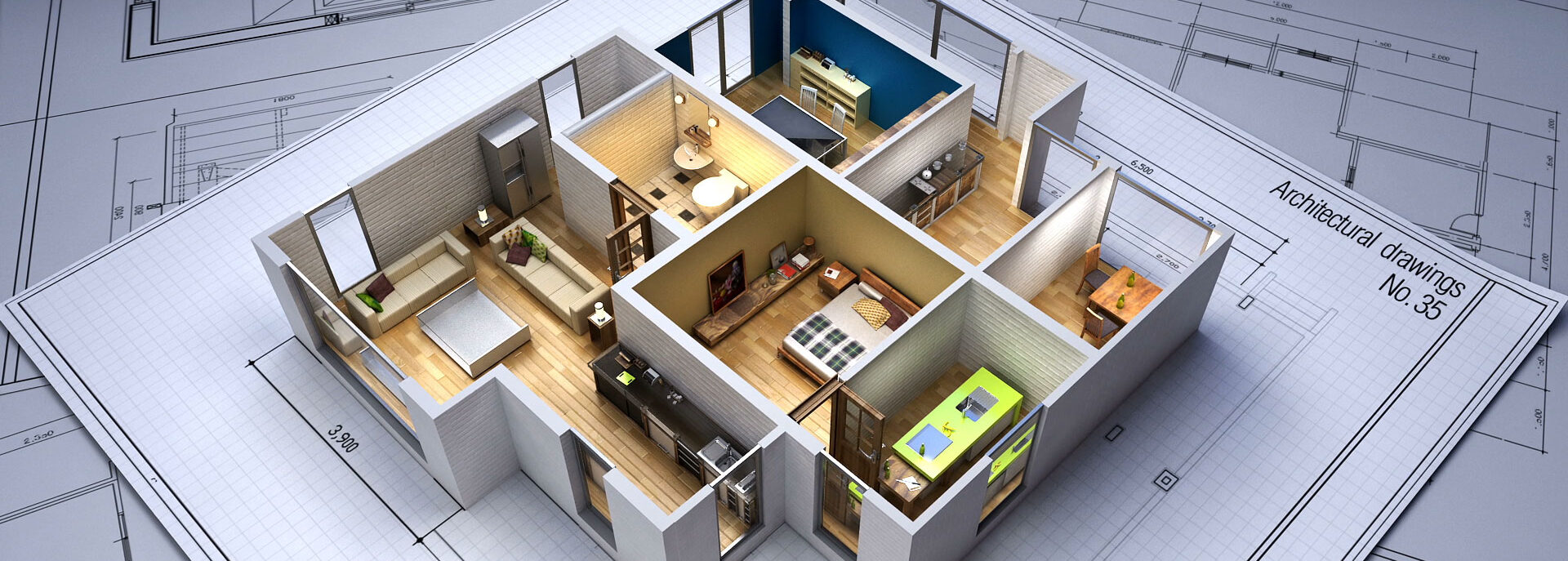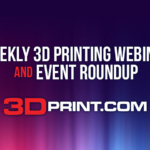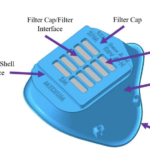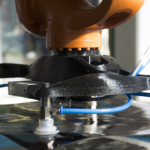
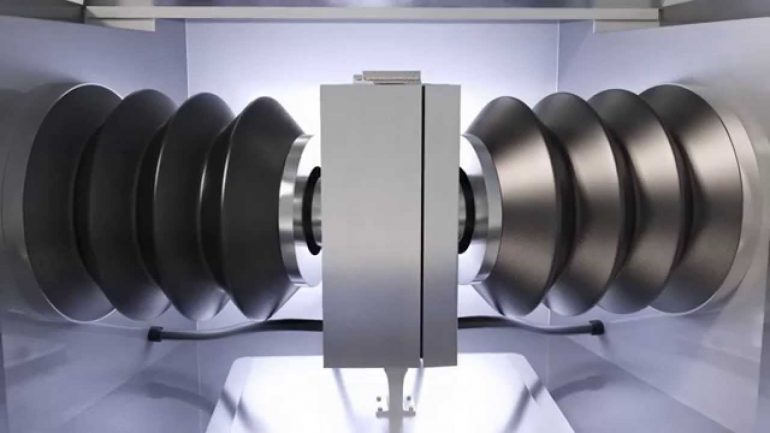
3D printing, overall, has been getting less expensive. That’s mostly true for consumer 3D printers; while metal 3D printing has gotten relatively less expensive in the past few years, it’s still pricey. That’s one of the reasons it has remained out of reach for many, along with concerns about flammable materials and special requirements such as argon gas. New methods of 3D printing metal are being developed regularly, however, some of them eliminating issues that keep the technology on the inaccessible side.
In a paper entitled “A Low Cost Desktop Electrochemical Metal 3D Printer,” which you can access here, a group of researchers from Imperial College London discuss a relatively new form of additive manufacturing: electrochemical 3D printing. As the researchers explain, traditional 3D printing processes solidify material by either melting it or using UV light to crosslink monomers. UV-initiated crosslinking only works with polymers, however, and high temperature is required to melt material.
In electrochemical additive manufacturing (ECAM), an electroplating process is used. Electroplating is commonly used for applications such as gold plating jewelry or copper plating coins. How it works is that metal ions in a solution, such as Cu2+ ions in copper sulfate, are reduced into their elemental components through the application of an external potential.
“The advantage of this process is that a wide range of materials and alloys can be deposited under ambient conditions without thermal damage and more importantly at low cost, as this does not require expensive laser optics or inert gas environments,” the researchers state. “Other advantages include the fact that this process can be both additive and subtractive through reversal of potential allowing for recycling of components through electrochemical dissolution.”
One drawback of the system, however, is that it’s not as fast as some other 3D printing processes. The researchers addressed the issue of speed in the system they designed.
“Here, a novel electrochemical 3D printer design is proposed using a meniscus confinement approach which demonstrates deposition rates three orders of magnitude higher than equivalent systems due to improved mass transport characteristics afforded through a mechanical electrolyte entrainment mechanism,” they explain. “Printed copper structures exhibit a polycrystalline nature, with decreasing the grain size as the potential is increased resulting in a higher Vickers hardness and electronic resistivity.”

Simply put, the researchers load an ionic solution into a syringe and a meniscus is formed between a nozzle and a conductive plate. A potential is applied to deposit the metal, and the print head is moved. The process is repeated to build up a 3D object.
The process can be subtractive as well as additive; if the potential is reversed, the metal goes back into the solution in a form of recycling. Multi-metal 3D printing is also a possibility with multiple print heads.
ECAM has a lot of potential for the future, lowering costs and creating new design opportunities. It’s just one more method in an ever-growing range of technologies, as 3D printing continues to become more accessible and to open up new possibilities in manufacturing.
Authors of the paper include Xiaolong Chen, Xinhua Liu, Peter Childs, Nigel Brandon, and Billy Wu.
Discuss this and other 3D printing topics at 3DPrintBoard.com or share your thoughts in the Facebook comments below.
[Source: Science Trends]
If you're looking to get an architectural rendering quote in the USA, our service provides a simple and efficient process to obtain the best pricing tailored to your project. Through our platform, you can easily submit your project details and receive a competitive quote from our team of experts. We offer high-quality 3D renderings for both interior and exterior designs, helping you bring your architectural visions to life with stunning precision. With our support, you can be confident in receiving professional services at affordable prices, without the hassle of dealing with multiple vendors.
Getting an accurate architectural rendering quote has never been easier. Through our portal, you’ll have direct access to a streamlined process where we guide you step by step, ensuring all your needs are met. Our 3D rendering experts work closely with you to ensure the final product matches your expectations, whether it’s for residential, commercial, or mixed-use developments. Trust our platform to provide you with the best possible rates and results, all with a quick turnaround time and exceptional customer support.

